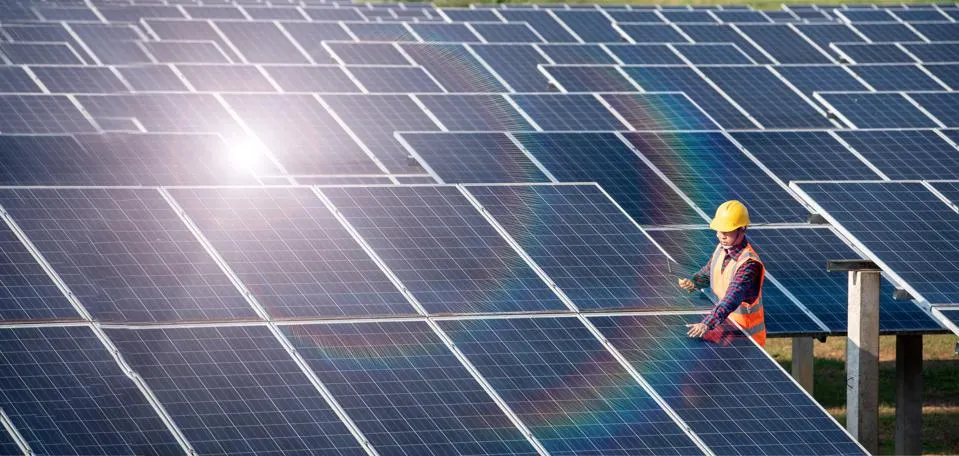Renewable energy sources are set to provide significant assistance in combating rising energy costs in the United States. As we enter 2023, it is crucial to highlight how renewable energy can play a pivotal role in shaping home energy prices and benefiting homeowners and consumers across the nation.
One of the key factors influencing home energy costs is the fluctuation of fuel prices, particularly natural gas and oil. While natural gas prices are projected to remain relatively stable in 2023 due to domestic production abundance, external factors such as geopolitical tensions, extreme weather events, or changes in global energy markets can still cause fluctuations. Monitoring these external factors is essential for homeowners as they impact the overall energy prices in the market.
The expansion of renewable energy infrastructure, including solar and wind power, is gaining momentum in the United States. This shift toward renewable energy sources is expected to have a long-term impact on home energy prices. In 2023, the continuous growth of renewable energy, coupled with declining costs of solar panels and wind turbines, will contribute to a more competitive energy market. This presents homeowners with an opportunity to transition to clean energy sources, potentially lowering their energy costs in the process.
Government initiatives and energy efficiency programs also play a vital role in influencing home energy prices. In 2023, federal, state, and local governments are expected to continue encouraging energy conservation and incentivizing energy-efficient practices. These initiatives may include subsidies for energy-efficient appliances, grants for home insulation, and tax incentives for renewable energy installations. By taking advantage of these programs, homeowners can reduce their energy consumption and potentially lower their energy bills.
Regional variations significantly impact energy prices, considering factors such as climate, resource availability, and local regulations. Homeowners should consider the specific conditions and market dynamics of their region when predicting home energy prices. Regions with abundant renewable energy resources are likely to experience more competitive energy pricing, while areas heavily reliant on imported fuels may face price fluctuations influenced by global markets.
Technological advances, such as smart grids, smart meters, and energy management systems, have the potential to revolutionize energy consumption and management in homes. These technologies are expected to become more prevalent in 2023, enabling homeowners to monitor and control their energy usage more efficiently. By optimizing energy consumption and leveraging real-time data, homeowners can reduce their energy costs and make informed decisions about their energy usage patterns.








